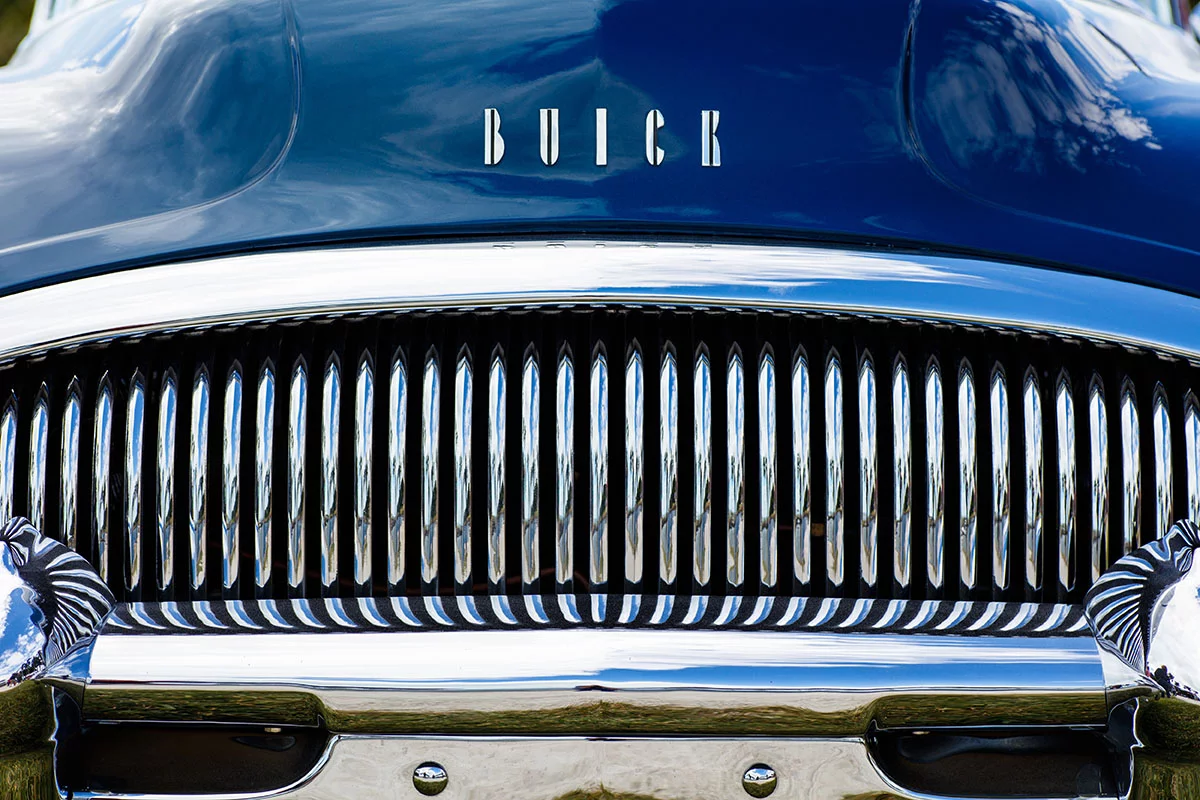Self described as “beautiful and brawny”, Buick once rubbed shoulders with the likes of Lexus and Porsche – so how did they dominate the market in the 1950’s?
For most of its existence in the North American motor vehicle market, Buick has always been marketed – and in turn, regarded – as a premium automobile. Although positioned slightly higher than other General Motors mainstream brands, Buick was classed as “the next best thing” to the flagship Cadillacs. While regarded as one of the oldest motor vehicle brands in the world, Buick is also one of the few to have remained steadfast right through into the 21st Century.
Although still in production and arguably one of China’s most popular styles of motor vehicles, the Buick models produced in the 1950’s are the styles that many of us think of when we think of this brand – so what was so special about them?
The Buick Backstory
The first two Buick automobiles were made in 1899 and 1900 at the “Buick Auto-Vim and Power Company” by chief-engineer Walter Marr. Surprisingly, company owner David Dunbar Buick was initially reluctant to commence making automobiles, as at the time he was satisfied with the production of stationary and marine engines. After several years of engineering “tweaks” to optimise performance, David Buick incorporated his company as the Buick Motor Company in Michigan on May 19, 1903.
William C. Durant entered the operation as a controlling investor in 1904, and spent the next four years developing Buick into the biggest-selling automobile brand in the United States. While David Buick sold his stock upon departure in 1906 and exited as a very wealthy man, Durant went on to establish General Motors in 1908 and cemented Buick’s status as one of the most in demand vehicle makers in the world.
Buick Post World War II
Like most other major manufacturers in the United States, the events of World War II saw Buick cease the production of motor vehicles, and made the swap to contribute to the war effort. As American industries rushed to create what President Franklin D. Roosevelt called “the arsenal of democracy,” like many of their peers, General Motors rose to the occasion. In the process of morphing from automobile manufacturer to war supplier, the company made sacrifices that underwrote the successes American forces would have on battlefields.
Buick tackled the manufacture of ammunition, churning out 75,000 casings per month for the duration. By the war’s end, the division had supplied more than 12.5 million casings. Buick also retooled to meet the demands of making engines for the B-24 bomber. At first, the agreement was 500 engines a month, but the government had doubled its order by the time Buick had its tooling in place. By 1944, Buick’s Melrose Park factory was regularly turning out 2,000 engines a month.
After the much celebrated end of World War II, Buick turned its attention back to being a luxury car production. The 1950’s were a big decade for Buick, who not only celebrated their 50th anniversary, but also released their very first V8 engine. Needless to say, a whole new era of vehicles also hit the market.
Mr Charlie A Chayne, Chief Engineer of Buick Motor Division, felt that the company had indeed outdone themselves, and even voiced the advertising slogan “Buick’s In Fashion For 1950”. In the same year, he also stated the following –
“In announcing the new Buicks for 1950, we feel that we have achieved a new high standard in those elements of automobile design, which ultimately make for owner satisfaction.”
Despite the radical front-end styling that polarised consumers, the 1950 Buick models were very popular amongst the general public – so much so, that Buick broke the 1949 sales record by 38 percent in 1950, and ranked second only to Chevrolet in manufacturing and automotive sales for the same year. Buick continued to dominate the automobile market in the 1950’s, with some of their most recognised models of the decade listed as following –
- 1950 Buick Super Riviera
- 1953 Buick Roadmaster Skylark
- 1953 Buick Roadmaster Estate
- 1955 Buick Special
- 1956 Buick Century Riviera
- 1957 Buick Super Riviera
- 1958 Buick Special Riviera
- 1959 Buick Electra
The above models were noticeably different in terms of the cosmetics when compared to previous releases. Some sources say that Ned Nickles became head of Buick styling in 1945, however Henry Lauve presented the same claim.
Lauve contended that when he moved up the ladder to head General Motors corporate styling in 1947, he appointed Nickles as his successor. Lauve claims he had a strong hand in designing the 1950 Buick, and has attempted to “take all the credit” for the famous “bucktooth grille”. Oddly enough, before his death in 1998, Lauve had stated that he could no longer recall any details of the project, so it would seem that the styling overhaul Buick models of the 1950’s received were a joint effort to craft the very best design, production, and engineering minds at the time.

